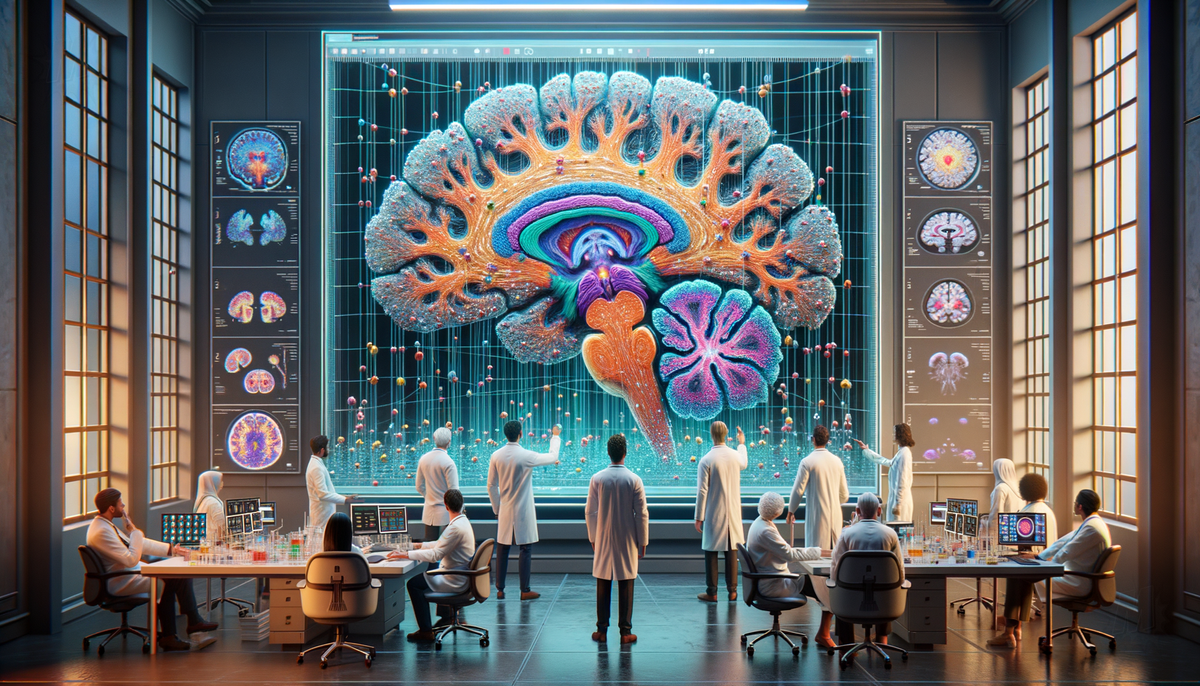Harvard and Google Reveal Nanoscale 3D Map of Human Brain Fragment

In a groundbreaking study, researchers from Harvard University, led by Jeff Lichtman, and Google have created the largest 3D reconstruction of a human brain to date. The detailed map showcases the intricate network of cells and synapses in a fragment of human temporal cortex, measuring 1 cubic millimeter. The collaborative effort used electron microscopy and advanced AI algorithms to color-code and reconstruct the brain's complex wiring, revealing unprecedented details such as a set of axons connected by up to 50 synapses.
The mapped sample, taken from a 45-year-old woman's cortex during epilepsy surgery, contains approximately 57,000 cells, 150 million synapses, and 230 millimeters of blood vessels. This project represents a significant leap in brain imaging, as it captures brain structure down to the nanoscale. The findings, which include the identification of unusually strong neural connections and rare axonal inputs, could offer new insights into brain function and neurological disorders.
The researchers have made the 1,400-terabyte map publicly available online as a resource for the scientific community. This effort is a precursor to an even more ambitious goal: mapping the complete neural wiring of a mouse brain. The success of this project is expected to deepen our understanding of how brain circuits drive behavior, such as a mouse's attraction to Swiss cheese.




